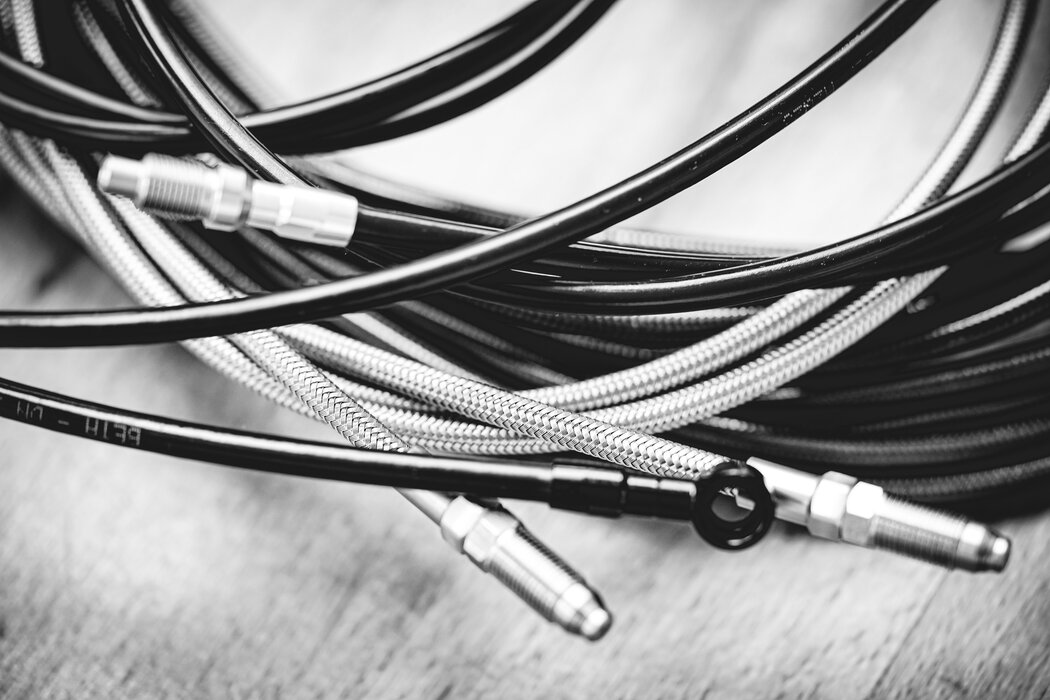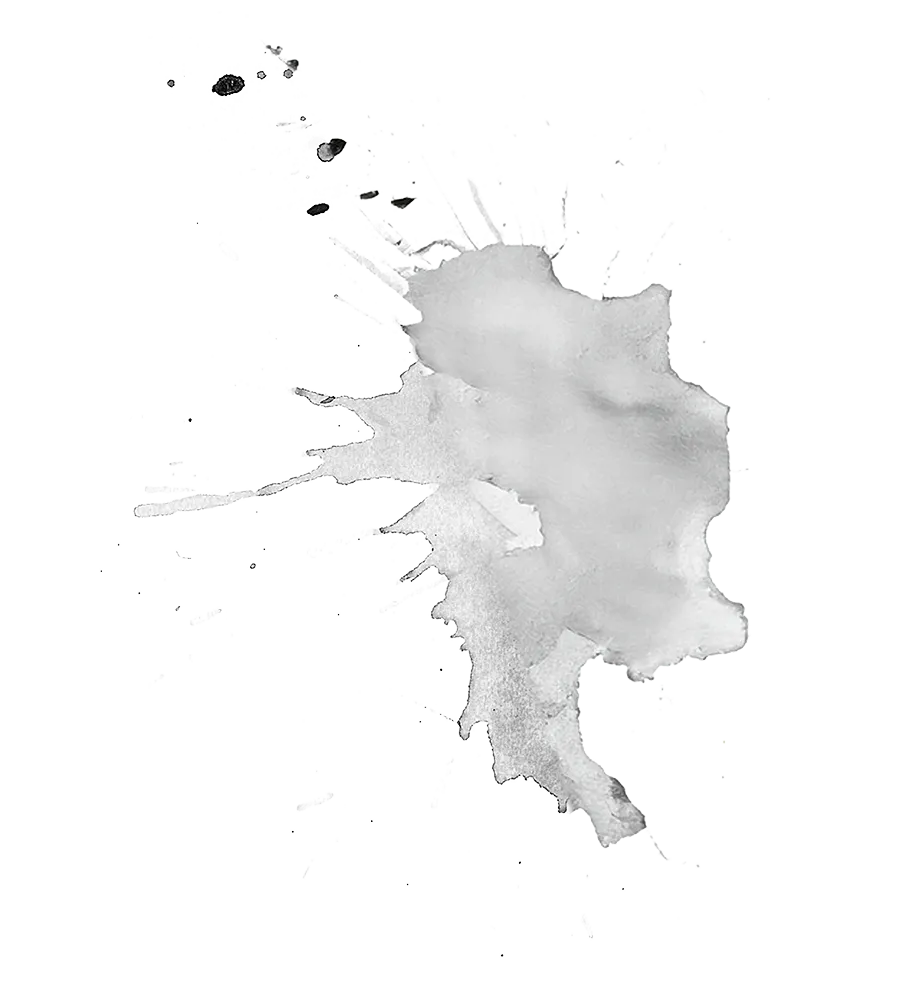In order to achieve a constant bite point, various factors must interact. In addition to the viscosity of the brake fluid, the rebound behavior of the caliper pistons plays a key role.
Ideally, all the pressure generated in the pump is transmitted via the brake hose to the pistons and the brake pads with minimal deformation. In particular the stiffness of the individual components contribute to the characteristics of the bite point. The higher the pressure within a brake system, the greater the mechanical demands on the stiffness of the overall system. As pressure builds, the components undergo minimal elastic deformation. All else being equal, the higher the transmission ratio of a brake, the more elastic the brake feels. The challenge is to efficiently transfer the hydraulic pressure in the brake pumps to the caliper pistons with minimal deformation of the components, such as the brake hose, brake caliper and even the pads. The less the individual components deform, the more defined and firmer the bite point will be.
Trickstuff brake systems are optimized for their intended use. The higher the required braking force, the higher the demands on the stiffness of the system to ensure a defined and firm bite point.







